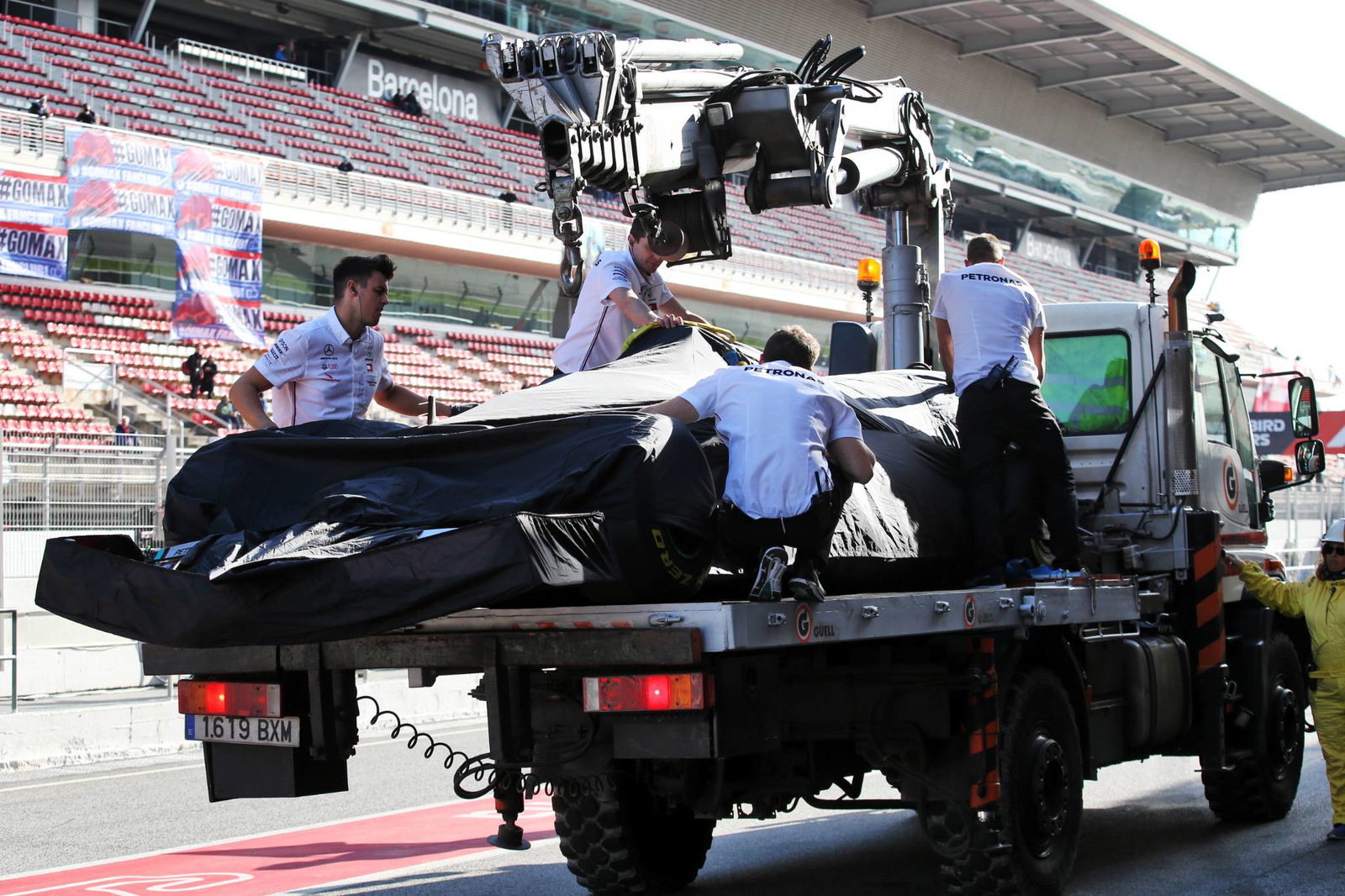F1’s Cost Cap broken down
While the 2020 Formula 1 world championship gets underway this weekend in Australia, action has already begun to prepare for the sport’s new Cost Cap system which officially comes into place in 2021.

While the 2020 Formula 1 world championship gets underway this weekend in Australia, action has already begun to prepare for the sport’s new Cost Cap system which officially comes into place in 2021.
With F1 sport bosses looking to create a level playing field between all teams and encourage sustainable spending to create a financially healthy sport, a Cost Cap will be applied to all teams to provide a maximum amount each squad can spend per season.
After being thrashed out between F1’s management, the FIA and the teams, the FIA World Motor Sport Council released a 43-page document on the Cost Cap following its first meeting of 2020 held last Friday in Geneva.
In the document it outlines what the teams can spend, what expenditure is excluded from the Cost Cap, how it will be regulated, monitored and, crucially, how teams will be penalised for breaking the new rules.
F1’s governing body will also be able to monitor Cost Cap issues for each team “at any point in time, remotely or at F1 teams’ premises” to ensure a strict regulation process.
By issuing the FIA Cost Cap document, the key points are likely to be scrutinised by the teams over the next few months as they carve out their spending plans to align with the new rules.
While the finer details could be altered before the end of this year, the broad strokes of F1’s Cost Cap have been framed and ready to be implemented from January 1st, 2021.
Key F1 Cost Cap points:
- Each F1 team can spend a maximum of $175m per season of 21 races (+ or - $1m for each race outside of 21 races).
- Spending not included under the Cost Cap: Spending direct to marketing activities, all F1 driver and reserve driver costs (salary, travel, accommodation), three individuals/groups that are not drivers (eg driver management fees), heritage activities, finance costs, income tax, non-F1 activities, HR costs, employee bonuses and testing costs.
- The Cost Cap Administration is in charge of the Financial Regulations, while Independent Audit Firms will also be used to review reports.
- F1 teams can complain to the Cost Cap Administration if it feels any of its rivals are breaking the rules. Any complaint must be made between January 1 and April 30 of the following year.
- F1 teams have right to appeal over cost breaches or punishments in the same manner as sporting or technical penalties.
- The Cost Cap Adjudication Panel is made up of independent judges for cases breaching Cost Cap rules, made up of a minimum of six and a maximum of 12 judges elected by FIA General Assembly.
- The Cost Cap Adjudication Panel decisions will be made by a majority vote. In the event of a tie the head of the case hearing gets the deciding vote.
- Reasons for cost cap breaches: Late submission of spending report by a team, a minor overspend breach (less than 5% of total Cost Cap), a material overspend (more than 5% of total Cost Cap) or aggravating/mitigating factors.
- The types of penalties F1 teams can face: Fines, minor sporting penalty (ranging from a public reprimand, points deductions, suspensions from races/testing to a reduction in the team’s future Cost Cap allowance).
- The first year (Full Year Reporting Period) will have a soft implementation, meaning no strict rules are in place on the Cost Cap going from the 2020 season and coming into 2021 season but it will be regulated. Strict F1 Cost Cap rules will be in place from the start of 2021.

